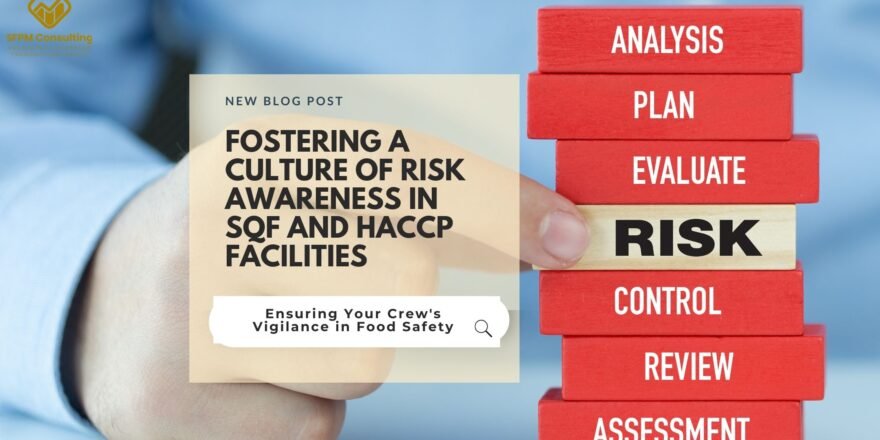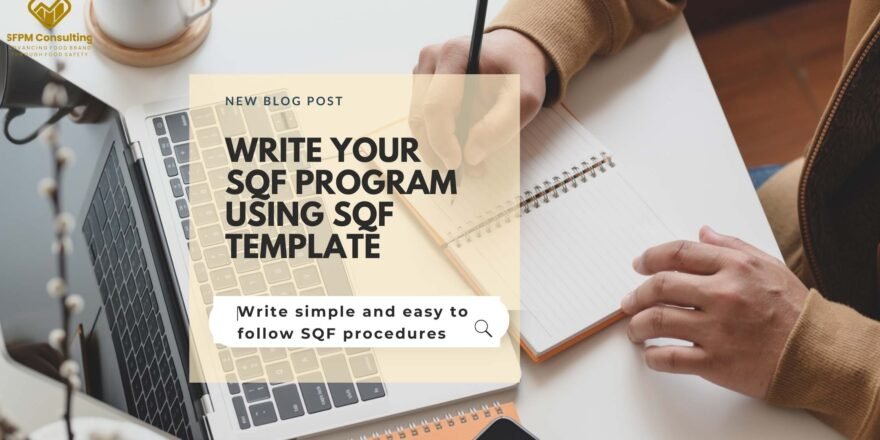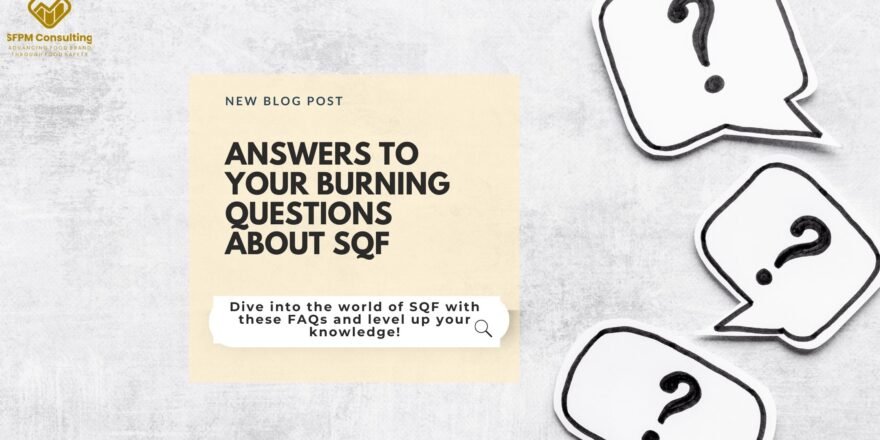When it comes to conducting an internal audit for SQF compliance, having the right tools at your disposal can make a world of difference. While checklists may seem like the go-to resource, the true value lies in adopting non-checklist auditing methods. This approach not only enhances engagement but also allows for a deeper understanding of processes that ensure food safety. Let’s dive into some key tools and resources that can help streamline your SQF audit process and elevate your internal auditing techniques.
Cultivating Internal Auditor Skills
The role of internal auditor in SQF certification goes beyond mere checklist compliance; it’s about cultivating a proactive mindset. Encourage your team to seek out training opportunities focused on effective auditing strategies for SQF standards. For example, workshops from reputable organizations like the SQF Institute can enhance their skills significantly.
“Training should empower auditors to view audits as opportunities for growth rather than just an obligation,” says Sarah Thompson, an industry expert.
A Holistic Approach: Engage Rather than Enforce
Audit sessions should feel collaborative rather than punitive. Encourage auditors to engage employees through discussions focusing on their daily challenges and successes in maintaining food safety standards. This dialogue not only helps uncover valuable insights but also fosters a culture of quality assurance across the organization.
The Power of Documentation
Proper documentation is a cornerstone for preparing for an SQF audit. Maintain records that reflect your processes thoroughly—this includes everything from standard operating procedures (SOPs) to evidence of corrective actions post-SQF audit findings. Utilize templates or software tools to streamline documentation efforts and ensure consistency across your internal auditing processes.
•Create Comprehensive Audit Reports: After each internal audit, compile detailed reports highlighting both strengths and areas needing improvement.
•Risk Assessments: Conduct regular risk assessments in line with SQF compliance requirements to mitigate potential issues before they arise.
“The most effective audits are those where documentation serves as both evidence of compliance and a roadmap for future improvements,” notes Dr. Michael Chen, food safety strategist.
The Role of Continuous Improvement
Your journey doesn’t end with completing an internal audit; it actually begins there! Embrace a mindset of continuous improvement where findings from each audit fuel further enhancements in your food safety management systems. Regularly revisit training materials or procedures based on feedback gathered during audits—this ensures that everyone stays aligned with SQF certification steps and best practices.
In summary, successfully running your own SQF internal audit hinges on using non-checklist approaches coupled with effective tools and resources. By empowering your team through technology, collaboration, continuous learning, and robust documentation practices, you’ll not only navigate the intricacies of the SQF compliance landscape but do so while building a resilient culture focused on quality assurance!
Resources for Preparing and Conducting an Internal Audit
Preparing for and conducting an internal audit can be likened to setting up a picnic: you need the right supplies, a sturdy blanket, and a good plan to ensure everything goes smoothly. When it comes to running your own SQF internal audit, the resources you choose will greatly impact your success. Let’s explore some invaluable tools and resources that can help streamline your SQF audit process while emphasizing the importance of training your internal auditors and utilizing non-checklist auditing methods.
1. Online Training Resources
Before diving headfirst into the auditing pool, training your internal auditors is essential. There are many training providers offer courses on internal auditing techniques and food safety management systems. Topics such as “Effective Auditing Strategies” or “Understanding the SQF Code” will equip your team with practical knowledge they can apply during audits.
Check out our training platform here
2. Documentation Tools
The foundation of any successful SQF audit is robust documentation. Utilize tools like Google Drive or Microsoft SharePoint to store all relevant documents—this way, everyone has access to standard operating procedures (SOPs), past audit reports, and corrective action plans at their fingertips.
•Create a Centralized Repository: Keep all documentation organized in one place for easy reference during audits.
•Track Corrective Actions: Documenting follow-up actions post-audit ensures accountability and demonstrates commitment to continuous improvement.
“Good documentation is not just about compliance; it’s about creating a culture where everyone understands the importance of food safety,” emphasizes Mark Reynolds, a leading quality assurance consultant.
3. Checklists with a Twist
If you’re going to use checklists, think of them as conversation starters rather than strict rules. Customize your checklist with open-ended questions that encourage discussion around food safety practices within teams.
As a starting point, you can download the SQF code and checklist from the SQFI website. Or download the added SQF addendum checklist on our website here
Watch how to find and download your SQF checklist for your internal audit use.
4. Continuous Improvement Frameworks
Audit findings should never bring an organization to a grinding halt; instead, utilize them as stepping stones toward improvement! Implement frameworks like Plan-Do-Check-Act (PDCA) or Six Sigma methodologies which promote iterative improvements based on data collected from audits.
“The key takeaway from every audit should be not just what went wrong but how we can make it better next time,” notes Jane Foster, an industry leader in food safety innovation.
Your internal auditors are not mere enforcers but champions of quality who can drive continuous improvement when equipped with the right resources and support. By embracing non-checklist approaches alongside effective training programs and technology tools, running your own SQF internal audit becomes more than just a task—it evolves into an opportunity for growth within your organization!
Beyond Checklists: Evidence through Documentation, Observation, and Interviews
Don’t let your internal audit turn into a checklist audit, where you are just comparing the requirements. Go beyond checklist audit, be curious.
Documentation plays an essential role in verifying compliance with the SQF code through audits. Ensure all procedures, including food industry quality assurance audits, are well-documented to serve as evidence during actual external audits. Proper documentation supports continuous improvement efforts by highlighting areas that require attention.
Incorporate observation and interview process for your internal audit. Gather evidence and reassess your program and procedures to determine if they accurately reflect the requirements and the business’s operations.
Leveraging Guidance to Support Your Team
Supporting your team during the internal audit process is akin to providing a well-stocked toolbox for a DIY project; it ensures they have everything they need to succeed. Running your own SQF internal audit can be overwhelming, but with the right guidance and resources, you can empower your auditors while simultaneously enhancing your overall food safety compliance. Here are some actionable strategies to help you support and develop your internal auditing team.
References
[1] SQF Institute. (n.d.). About SQF. Retrieved from https://www.sqfi.com/about-sqf/
Attend Our Event!
Unlock the secrets to successful SQF certification with our expert-led internal audits workshop. Register now!



